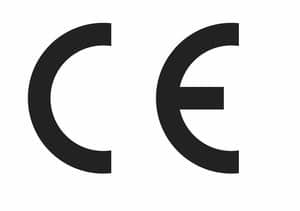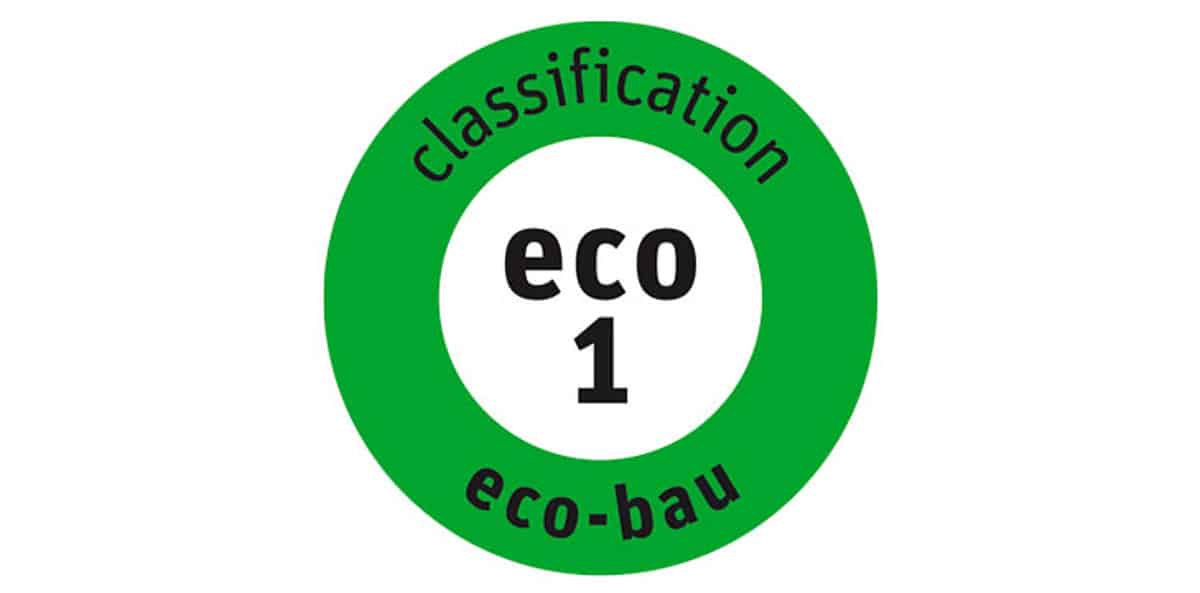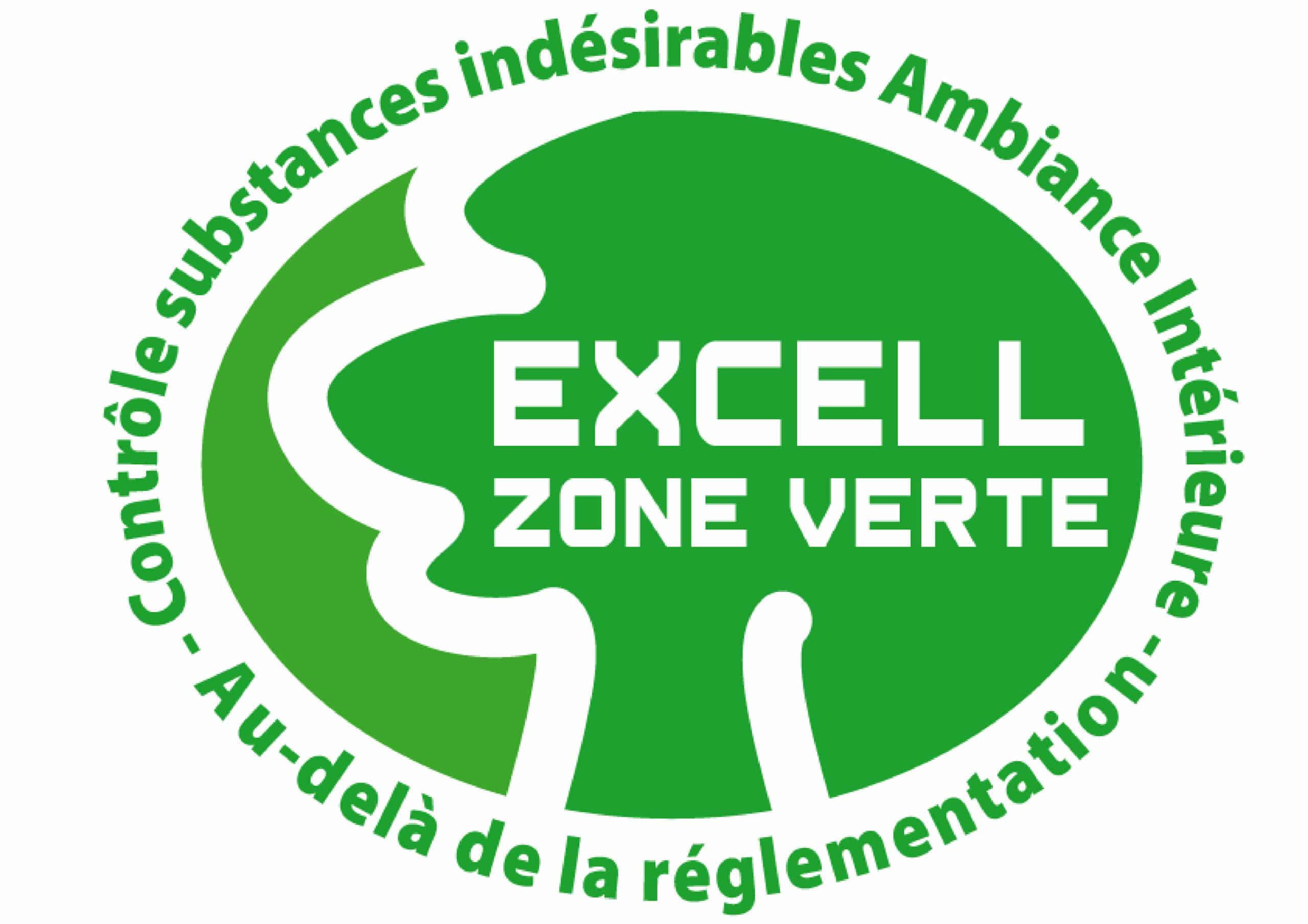The passive fire protection
There are two types of fire protection: active and passive protection. While active protection is mainly curative and aims to rescue people in case of fire, passive protection is mainly preventive and facilitates the evacuation of people in case of fire.
Passive protection consists of integrating fire-stop systems into constructions, which will limit the spread of the fire.
Passive fire protection makes it possible to:
- PRESERVE PEOPLE : by allowing the occupants to evacuate the building safely
- PRESERVE PROPERTY : by keeping the fire out as long as possible while waiting for help.
Within the framework of passive fire protection, we manufacture products that resist fire for a predetermined time, fixed by the building regulations in force. Our products enable the production of elements to protect a structure or part of a structure against fire.
Ventilation and smoke extraction ducts
The construction of a ventilation or smoke extraction system consists of sweeping the space to be smoked out by a flow of air.
This means an evacuation of smoke on one side (smoke extraction duct or high ventilation) and a supply of fresh air on the other (ventilation duct or low ventilation).
Two cases are possible:
- To protect the interior volume of the duct from a fire, the usual expression “external fire”, by means of ventilation ducts.
- To protect all along the path of a fire called “interior fire”, the crossed rooms, thanks to the smoke extraction ducts.
Classification standards and fire resistance tests
Geostaff products are tested and classified according to the European standards in vigour.
Fire resistance test standards
EN 1366-1 : Fire resistance tests for technical installations – Part 1: Ducts.
In order to obtain a ventilation report, it is necessary to carry out tests according to EN 1366-1 (type A and B ducts, horizontal and/or vertical, defined in the standard).
EN 1366-8 : Fire resistance tests for service installations – Part 8: Smoke extraction ducts
In order to obtain a smoke extraction report, it is necessary to carry out tests according to EN 1366-1 and 8 (ducts type A, B and C, horizontal and/or vertical, defined in the standard).
EN 1366-5 : Fire resistance tests for service installations – Part 5: Ducts for technical installations.
Fire resistance classification standards
EN 13501-2 : Fire classification of construction products and building elements – Part 2: Classification based on fire resistance test data excluding products used in ventilation systems.
EN 13501-3 : Fire classification of construction products and building elements – Part 3: Classification using fire resistance test data of products and elements used in maintenance installations: fire resistant ducts and dampers..
EN 13501-4 : Fire classification of construction products and building elements – Part 4: Classification using fire resistance test data of components of smoke control devices.
Quality and environmental approach




Subjected to testing in approved laboratories such as EFECTIS, our solutions are designed to meet the strictest European standards in terms of passive fire protection.
To ensure the performance of our systems, we carry out daily product inspections and conduct annual certification audits, enabling us to obtain CE marking for our fire-resistant boards
Geostaff manufactures its products in France with French materials and raw material from French quarries.
In 2021, our fire resistant slabs were defined as meeting the highest Ecobau and MINERGIE-ECO requirements in the fields of ecology and health. In the same year, our products were certified by the laboratory Excell*, which awarded the label “Excell Zone Verte ambiance intérieure” to the fireproof boards GEOTEC®S and GEOFLAM® F-Light.
Finally, our products also comply with environmental and sanitary standards: the FDES and FDS sheets are available for our fireproof products.

